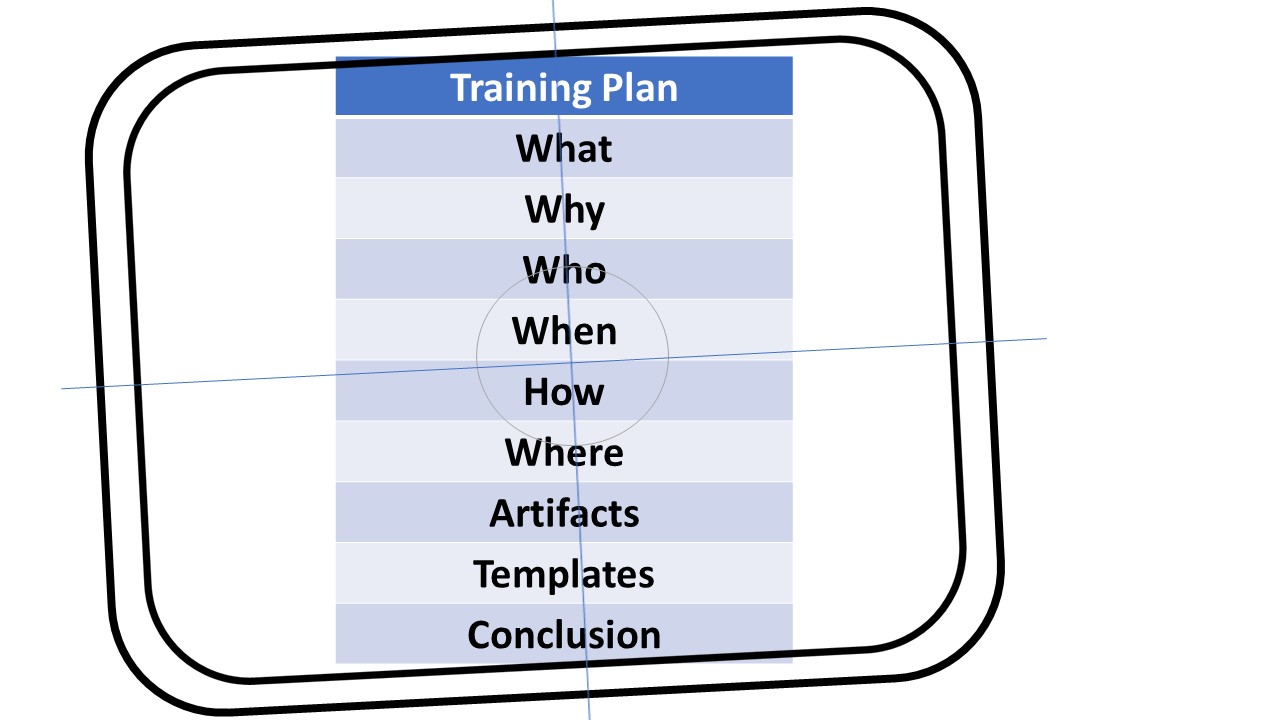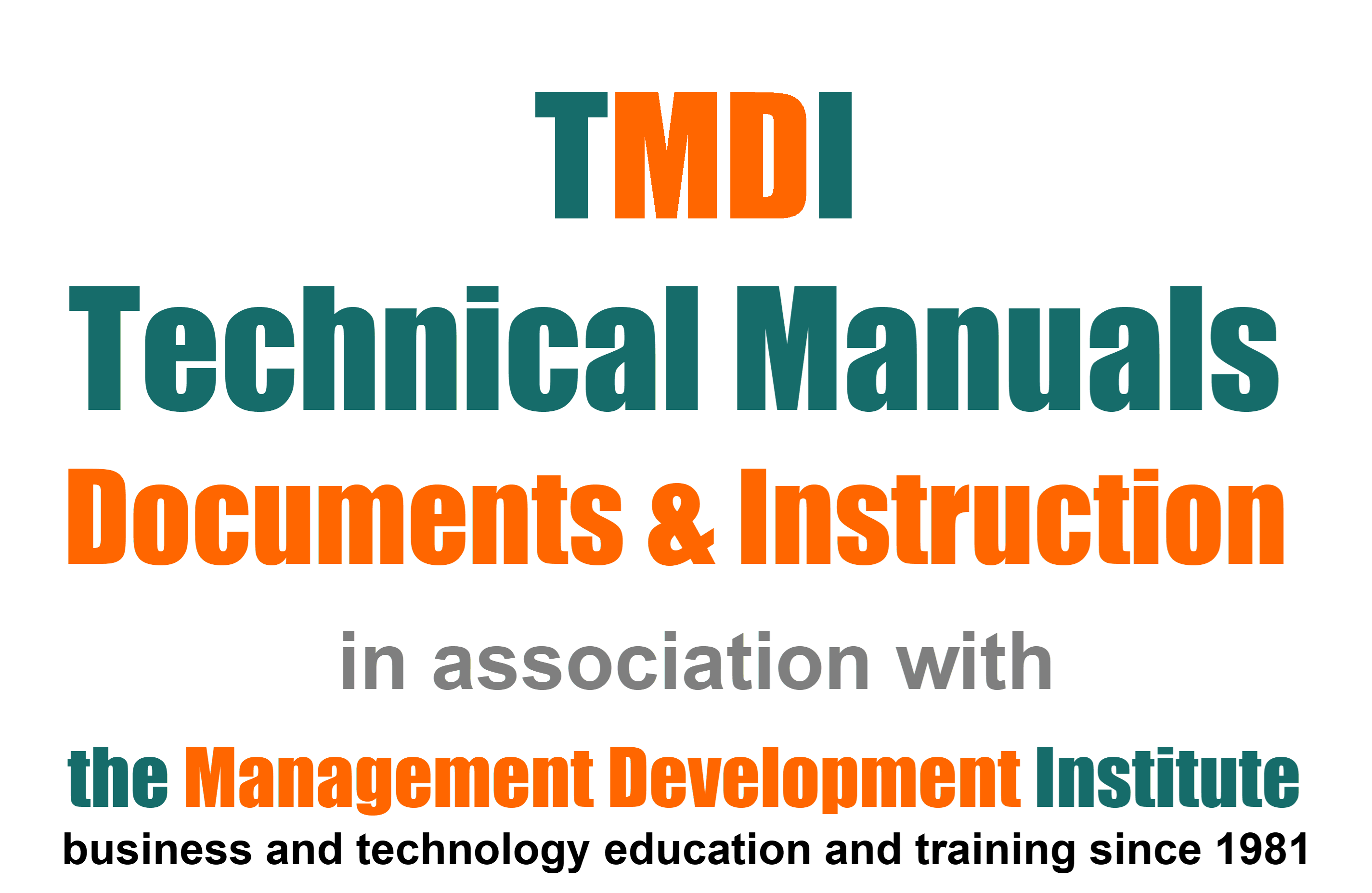Why a Training Plan?
Learning and development professionals know that a comprehensive, yet concise, training plan is key to delivering quality training which materially improves performance.
However, planning for training often falls to line managers who are unsupported by a central training function, so this warrants a few guiding notes.
Planning for training is usually the next step after completing a Training Needs Analysis (TNA), which identified the training / learning needs of the target audience.
As with a TNA, a training plan may range from a program of learning for an individual beginning a traineeship, to the implementation of an
ERP software application organisation-wide, or perhaps the introduction of a new fleet of vehicles to a nation or city-wide logistics organisation.
The training plan can therefore range from a few pages to a comprehensive 100 plus page document, depending on the scope of the project.
There may also be some additional specific requirements where nationally recognised training is involved.
Snapshot of a Training Plan

What
Details the required knowledge and skills the TNA identified, including any performance criteria or
assessments to demonstrate competence levels, perhaps for safety reasons.
Why
Why the training is important and why it is being implemented. The plan should clearly state the reasons the
training is necessary, to help achieve staff ‘buy-in’.
Who
Who is/are the target audience/s, ranging from the single learner described above, to complex matrices tabulating the
multiple knowledge and skills required by the various roles, aligned with the TNA. Do they need to satisfy any
knowledge or skill prerequisites?
Who will deliver the training, ranging from in-house trainer/s to a team of external professionals, or a combination.
If external trainers are planned to facilitate the training,
how they will be engaged and will they be available when required?
When
When the training is to occur, beginning by establishing the dates by which the learners must be competent, followed by detailed training schedules.
It's essential to lock in key dates such as a project go-live, which may, or may not, be able to be rolled back if delays are encountered.
How long each training session will take. Is there a requirement for performance testing or knowledge assessment? Will an allowance be
made for retraining learners who do not achieve the required performance levels after the initial training.
How
How the training will be delivered. On-site or on multiple sites, on the job or in classrooms,
face to face, by eLearning or blended delivery.
Where
Where the training will be delivered. On-site or multiple sites on the organisation’s premises, or off-site.
Do facilities need to be booked, including the organisation's own?
If online or blended delivery, are computer labs required,
or do the learners have desks equipped with suitable computers, or even at their homes? Is technology support required?
Training Artifacts
The training plan may specify some or all of the training artifacts which will be required. These may include learner/participant
guides, trainer/facilitator guides, presentations (PowerPoints), videos, handouts, quick reference guides and
e-Learning resources, to name a few.
See our separate section for more details about these artifacts.
Templates
An online search will unearth dozens, even hundreds of templates which managers might use to create a training plan.
We suggest that these be used with caution without critical assessment as to their relevance, as they may lead the user down the wrong path.
Training professionals
will know how to create a reliable training plan. Line managers newer to training could use a simple list like the one above,
tailored to their particular needs.
Conclusion
A quick look back over these notes reveals that the questions to ask about training plans are simply the questions children ask,
as they are often the best observers. They include .....
what, why, who, when, how and where. In a snapshot!


TMDI Home |
About TMDI |
Technical Communicator |
Training Professional |
Managers' Toolbox |
Business Communicator |
Contact TMDI |
Site Map |
Short Courses
(C) 2022 The Management Development Institute. All Rights Reserved. Powered by
TMDI Technology
|




